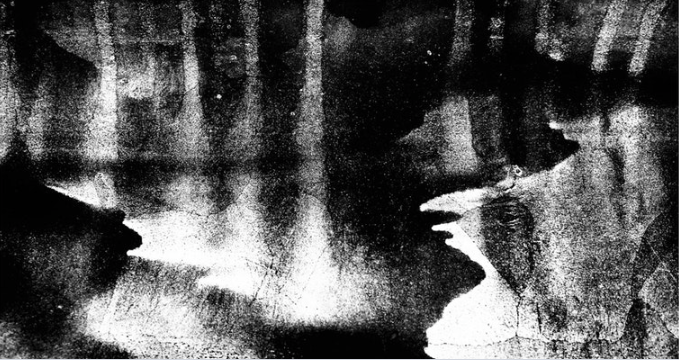Clerkenwell
London
UK

Organised by TRS (The Relational School)
What do we mean by ‘relational’ psychotherapy?
Over the last 15 years or so, relational perspectives have had a significant impact across the fields of psychotherapy. However, the wider its increasing influence has spread, the less clear it has become what we actually mean by ‘relational’. The default common denominator would be the recognition that in therapy it's the relationship between client and therapist that matters, and that the quality of that relationship is a significant indicator of outcome.
However, whilst there is quite a lot of agreement that the therapeutic relationship matters, this apparent consensus breaks down at the first hurdle: there is no such level of agreement as to what actually constitutes quality of relationship. On the contrary: there is a tendency for the traditional approaches to define ‘therapeutic relating’ predominantly within their own frame of reference, taking their own paradigm of relating for granted. It is, therefore, not generally accepted that 100 years of psychotherapy have given us a diversity of distinct notions of what kind of relating is to be considered ‘therapeutic’. The common ground of ‘relationality’ is a negative distinction from classical one-person psychology and ‘medical model’ non-relationality, but beyond that it is unclear whether relating means in Gomez’s terms being ‘alongside’ as an ally or ‘opposite’ as a relational other. And then what kind of other: positive, nurturing and reparative or authentic/dialogical or transferential other? And in amongst all that, what happens with the ‘bad’ object, and who relates to it how?
A multiplicity of diverse, contradictory and complementary relational spaces
Unless we take into account these different and contradictory notions of relatedness - or in the terms of Petruska Clarkson’s seminal contribution from the early 1990's: the different relational modalities we now find in existence across the field - what we mean by ‘relational’ will remain confused and confusing. It clearly means very different things to different therapists, without - however - these differences being sufficiently acknowledged or investigated.
The therapist's internal conflict - processing the countertransference in terms of tensions and pulls between different relational modalities
Understanding how the therapist's internal conflict relates to the client's inner world - in psychoanalytic terms: processing the countertransference and how it interlocks with the transference - can be profoundly helped by understanding how the therapist is being pulled between equally valid, but contradictory and conflicting relational modalities. This understanding, i.e. how the therapist is internally affected by the intersubjective dynamic, turns Petruska Clarkson's theory of relational modalities from an abstract tool of psychotherapy integration into a clinically useful tool moment-to-moment.
This is the essence of Michael's "Diamond Model of the relational therapeutic space": seeing the relational modalities not as some range of helpful stances which the therapist consciously chooses between (one at a time), but considering all the modalities as going on all the time (as a dynamic, systemic whole). The conflicts and pulls between different relational modalities can then be reflected upon and engaged in as manifestations (and enactments) of the unconscious co-constructed dynamic.
The essential conflict: object-relating versus inter(subject)-relating
This day will be an introduction to Michael's diamond model. His starting point will be the perennial and underlying tension (and often: polarisation) between object-relating and inter(subject)-relating in the therapeutic space: the tension between 'using' each other as objects on the one hand (I-it relating, which much of the humanistic field is biased against because of its objectifying and exploitative connotations, but which Winnicott has a lot of positive and developmental things to say about) and subject-subject relating (mutual recognition or I-I relating, as advocated by the humanistic and modern psychoanalytic traditions). When we can validate both as potentially transformative and necessary ingredients in the therapeutic space, and recognise the tension between them as essential to the therapeutic endeavor (a tension not to be reduced, resolved or short-circuited ideologically, but to be entered into in each unique client-therapist relationship), a multiplicity of relational spaces – contradictory and complementary, forming a complex dynamic whole – can be seen to arise from that tension. Michael proposes his ‘diamond model’ as a map that can help therapists process their conflicted (countertransference) experience when involved in layers of multiple enactment.
Booking tickets: tbc

Leave A Comment
You must be logged in to post a comment.